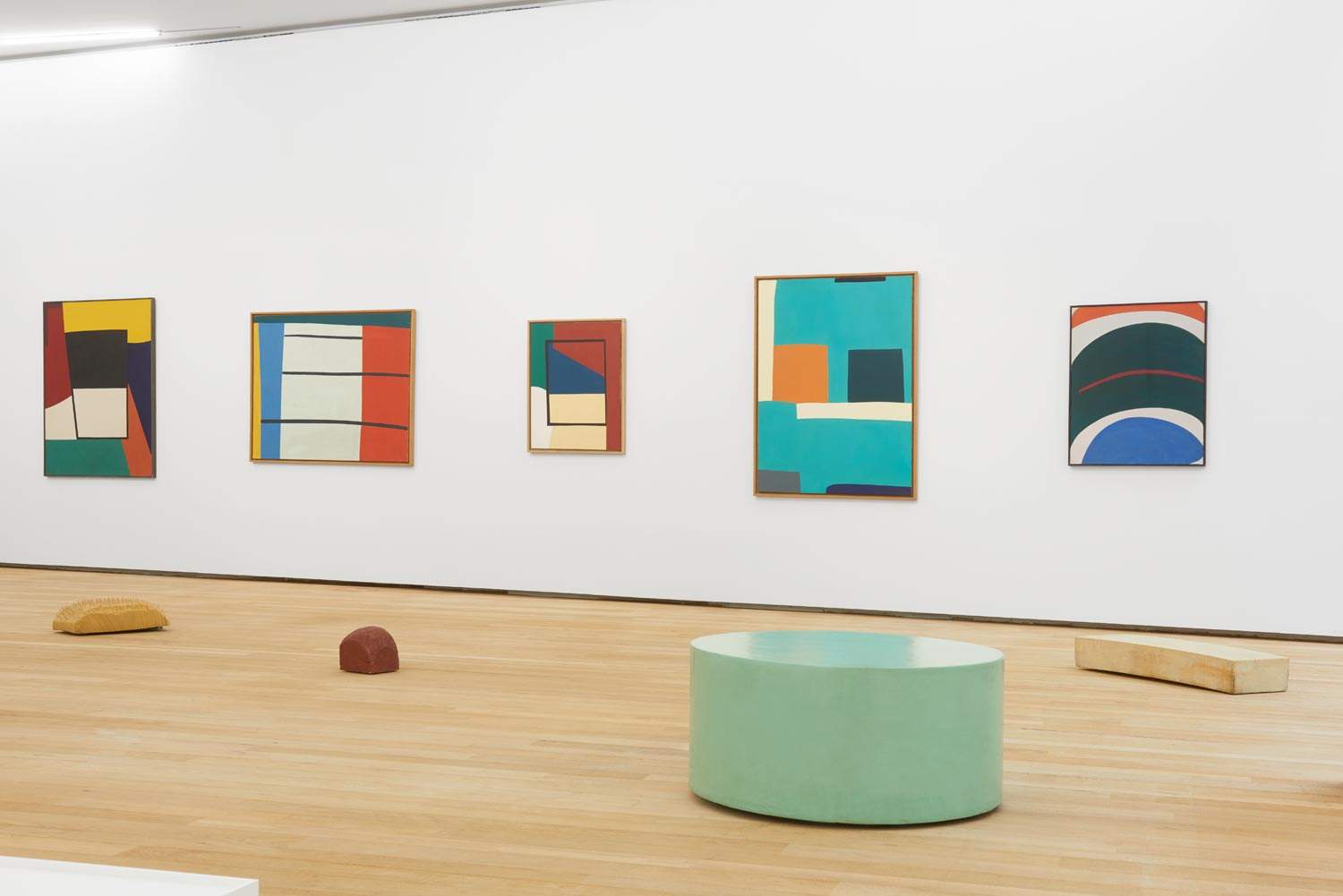An exhibition in Bolzano presents Robert Breer's avant-garde 60-year career
Nine months to present to the Italian public the art of an important American artist, Robert Breer (Detroit, 1926 - Tucson, 2011): the exhibition titled Time Out (at the Antonio Dalle Nogare Foundation in Bolzano) is scheduled from September 12, 2020 to June 5, 2021 and traces Breed’s 60-year career by bringing together, for the first time in Italy, a wide selection of paintings, experimental films and sculptures that the artist made from the early 1950s until 2011, the year of his death.
A pioneer in animation techniques, Robert Breer was one of the founders of the American avant-garde and is now considered one of the most innovative authors in experimental cinema. Throughout his career, the artist eschewed labels and focused on a free yet coherent research, experimenting with various forms, from abstract painting to structural cinema, from Fluxus to Pop to Minimalism, but never definitively binding himself to any of these movements.
The exhibition, curated by Vincenzo De Bellis and Micola Brambilla, selects more than sixty works to explore the main themes that run through Robert Breer’s art, starting with his painting practice, moving then into his filmic practice, and then giving space to a substantial selection of drawings and sculptures, investigating the formal and conceptual approach with which Robert Breer has dealt for more than sixty years. The son of an engineer for the Chrysler Corporation, Breer initially studied engineering before moving shortly thereafter to the art faculty of Stanford University (California), where he was one of the first students. He spent the 1950s in Paris, where he developed a visual geometry inspired by the neo-plasticism of Piet Mondrian (Amersfoort, 1872 - New York 1944), but at the same time innovative and oriented toward the idea of an “elastic space.” The paintings on display, including Time Out (1953), from which the title of the exhibition is taken, Three Stage Elevator (1955) and Composition aux trois lignes (1950), reveal an interpretation of abstraction that distances itself from Mondrian’s formal purity in favor of irregular elements and fluctuating lines that allude to movement.
Shortly after his debut as a painter Breer elaborated, beginning with his first film From Phases I (1952), the idea of a cinema consisting of a sequence of multiple images, unrelated to each other, that is a direct consequence of the idea of movement present in his paintings. Through experimentation with various animation techniques including flipbooks (five examples of which are on display in the exhibition), Breer realizes the desire to give physicality to movement so that it is experienced in real time by the viewer. In films such as Recreation (1956), A Man and His Dog Out for Air (1957), 69 (1968), Fuji (1974) and Swiss Army Knife With Rats and Pigeons (1980), the viewer is bombarded by oscillations of lines, colors, letters, abstract shapes and images that jump and flash, appear and disappear, creating what Breer called “an assault on the retina” [“assault and battery on the retina”].
With the initial help of Jean Tinguely (Fribourg, 1925 - Bern, 1991), Breer began making a series of “pre-cinematic objects” [“pre-cinematic objects”] in the 1950s. He exhibited first in Paris, then in New York in the 1960s, the Mutoscopes [Mutoscopes]. These rudimentary cinematic devices present a sequence of individual images arranged on a roller and, run at the desired speed, show the viewer the phenomenology of movement as it is revealed in its origin and development. Beginning in the 1960s, Breer began the production of another important body of work, the Floats, sculptures of different sizes, materials, and shapes, which, as described in the title of the series, float in space: they are the three-dimensional representation of the abstract and anti-narrative forms that characterize his earlier pictorial and especially cinematic research. These simple forms, which seem to ironically allude to Minimalism, move freely in space at an almost imperceptible speed and change trajectory upon collision. Their surroundings are continually updated and modified as forms collide and change direction. Works such as Switz (1965), Borne (1967), Porcupine (1967), Float (1970) and Tambour (1972), surround the viewer, as if they were animated presences and, gradually revealing their own movement, act on the perception of the moment and the presence of our bodies in the physical space around us.
Finally, a selection of numerous drawings recounts the artist’s careful and meticulous study of composition and the creation of a system of associations at the stage prior to the making of films and sculptures. The drawings thus offer the viewer the chance to explore every possible interaction between shapes and colors and to pause and observe those details that in films flow too quickly to be caught.
All information can be found on the Dalle Nogare Foundation website.
 |
| An exhibition in Bolzano presents Robert Breer's avant-garde 60-year career |
Warning: the translation into English of the original Italian article was created using automatic tools. We undertake to review all articles, but we do not guarantee the total absence of inaccuracies in the translation due to the program. You can find the original by clicking on the ITA button. If you find any mistake,please contact us.




























